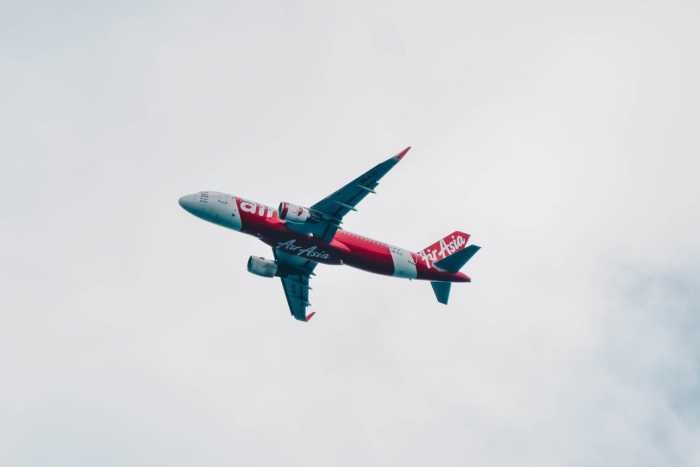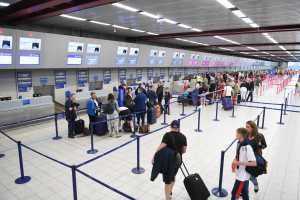
Thai Airways to Resume Direct Flights to US in 2017
26th Jul 2016

The flag carrier of Thailand, Thai Airways International (THAI) is planning to make a triumphant return to the United States sometimes during the next year. The airline has reportedly narrowed it potential US destinations to two cities on the west coast – San Francisco and Seattle, as it sees them better positioned for direct long-haul flights than cities further south the coast like Los Angeles.
The carrier can resume flights to US following the International Civil Aviation Organization’s (ICAO) ban lift on Thailand-based carriers due to safety issues.
Before THAI can definitely resume direct flights to the States, the United States Federal Aviation Administration has to upgrade the Civil Aviation Department of Thailand from Category 2 to Category 1, also for safety problems.
However, as THAI will likely feel assured of passing the administration’s safety standards, it could propose the plan to the authorities in the United States on its own and get the green light that way.
THAI Adding More Flights to China, Introduces New On-Board Service
THAI will also add more destinations to China, as local authorities have lifted the ban on the airline. In addition, the national carrier of Thailand is also planning to introduce return flights to Moscow and Teheran during the peak season in October.
The airline is also set to introduce a new on-board service, named “service ring” very soon.
Next month, THAI will also implement a new fare system as well as a new sales system in Q1, 2017, with the goal of improving its competiveness against other airlines. With the new system in place, the Thailand-registered airline expects to increase its sales by over 3 per cent, especially through its online channel.
THAI Working With Scandinavian Airlines on Safety and Risk Management
Thai Airways is also cooperating with Scandinavian Airlines on creating a joint plan for safety and risk management to help it prevent unexpected occurrences. Reportedly, THAI will start using the new solution in September.
As part of its new safety protocol, THAI’s staff (all 25,000 of them) is urged to watch from anything suspicious, whether it’s a person or an object and immediately report the problem to the corporate compliance department.





